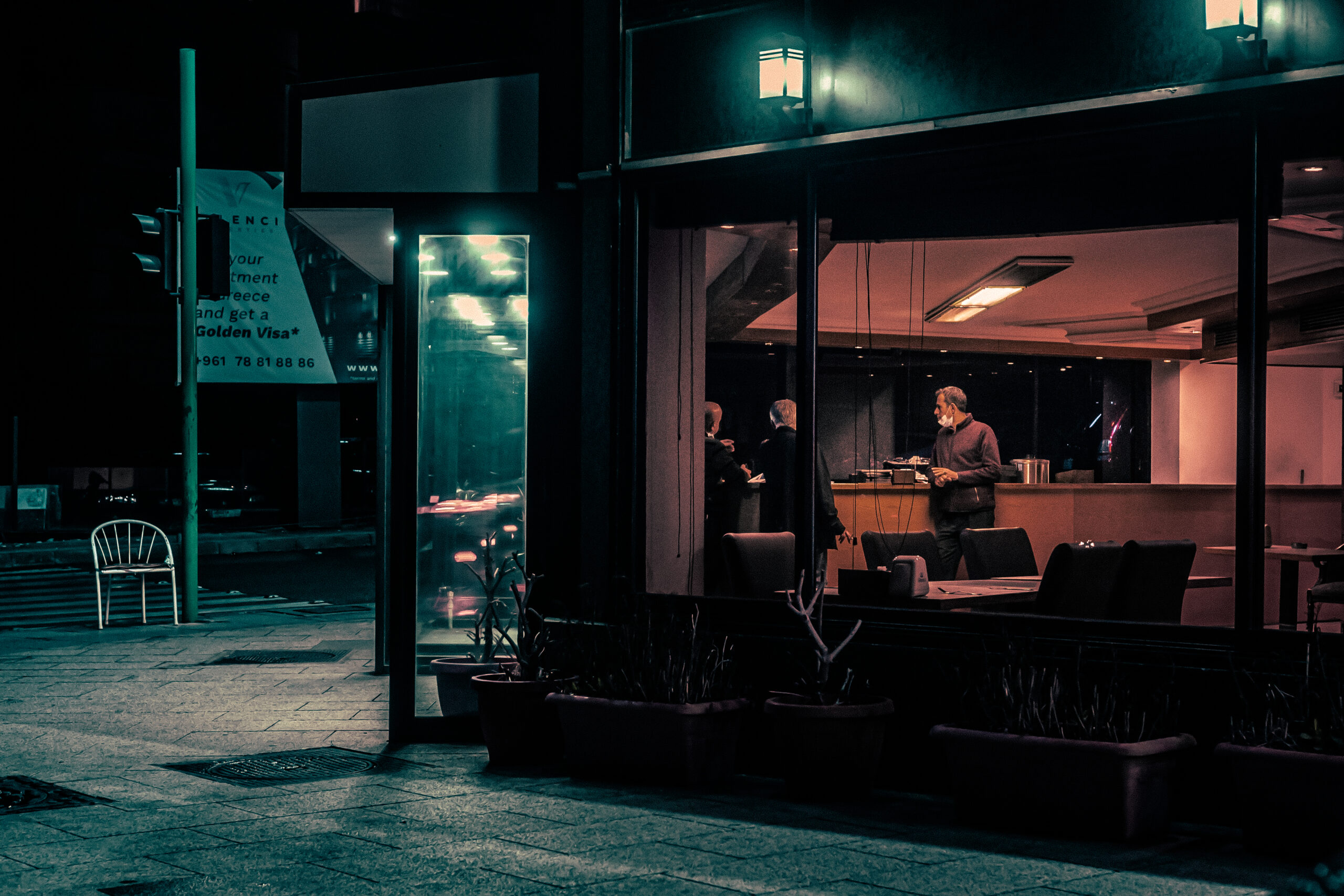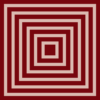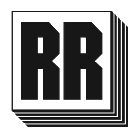
Q & A with Tariq Keblaoui on “Lamb House”
1. What was the motivation behind this photograph?
Well, I took my camera out for a late night walk with my dog, Margo, around 1:00 am, and decided to take a seaside route that I take less frequently with my flatmates. Eventually, walking up near Lamb House, I stood right about where I took the photo, and while looking at it, I thought “Hey, that kind of looks like that one Edward Hopper painting.” So I ended up quickly taking the photo with that in mind and just continued my walk. After putting it through a little color grade and posting it online, I remember thinking that maybe some people will notice the reference to the Edward Hopper painting. But then, I started to realize that a lot of people were immediately noticing the similarity to Nighthawks. I looked up the painting again myself and was shocked by the similarity. I definitely can’t say it was calculated to be so strikingly similar, I just took the photo with the painting as a reference from memory.
2. There is something melancholic, almost eerie, about the colors and the texture of the photograph. Can you speak more about that?
I think the main thing about the colors that might resonate with people is that there is a contrast between the warm, closed interior of Lamb House and the cold, dark and empty exterior of the streets. Like Edward Hopper’s Nighthawks, the contrast helps portray a lonely and cold urban image.
3. How is the particularity of the Lamb House essential to this work?
One of the main reasons I suspect why people like the photo to begin with is because it gives people an immediate sense of familiarity. First of all, they might notice the resemblance to Nighthawks, a familiar popular painting. Then they might recognize a sentimental landmark, Lamb House, which in a way represents a longlasting gem that survived through a long period of Lebanon’s troubled recent history. So I think the photo wouldn’t have been so well-received if it weren’t for those two main aspects.
4. Do you see this work as a product of a particularly troubled moment in Lebanon?
I don’t see it as a product of the crisis we’re all going through in Lebanon, per se, but I think it maybe succeeds in capturing the lonely, dark cityscape that Lebanon has become– with so many people having left the country with a city left behind covered in darkness from the electricity crisis.
5. When you say, "I definitely can’t say it was calculated to be so strikingly similar, I just took the photo with the painting as a reference from memory,” how does this idea play out in your other work as, for example, a filmmaker/videographer who uses similar faculties/skills in capturing images within a frame? In other words, perhaps you can tell us more about these subconscious referencing and framing choices. And hence, how might the "cinematic" play a role in your photography?
I'm not too sure if there is a unique correlation that my cinematographic background has in photography compared to how other photographers approach their work, but generally whenever I take an image, my main objective is to try and capture some sort of story– whether it's a moment with some character or a scene that carries a mood. I admit that I generally find photography more difficult than video since you don't have the luxury of movement and time to make your image engaging, but it poses a nice challenge, nonetheless.

Tariq Keblaoui
Tariq Keblaoui is a director based in Beirut, Lebanon, with a technical background in editing and cinematography. Having directed several music videos, fashion videos, and short-form documentaries on the events of the Lebanese uprising of October 2019 until the August 4 Port of Beirut explosion. He is the co-directeor of Second Wind, a short documentary on ex-prisoners, and is currently working towards directing and producing his first feature film.



